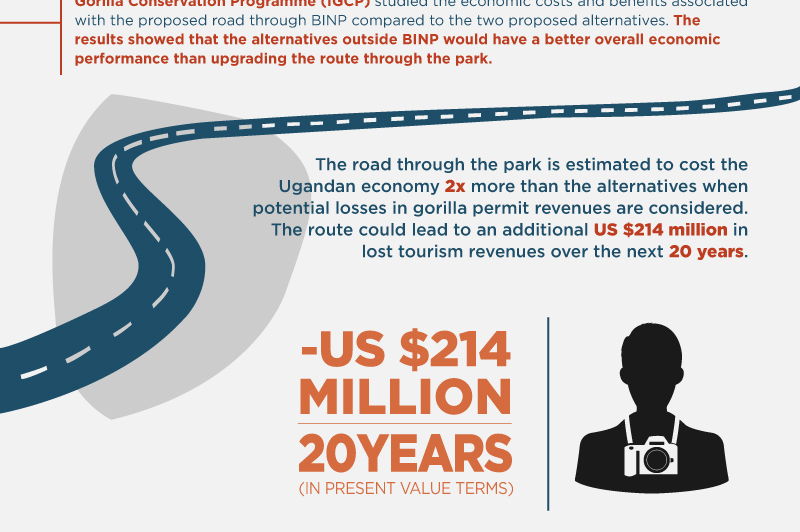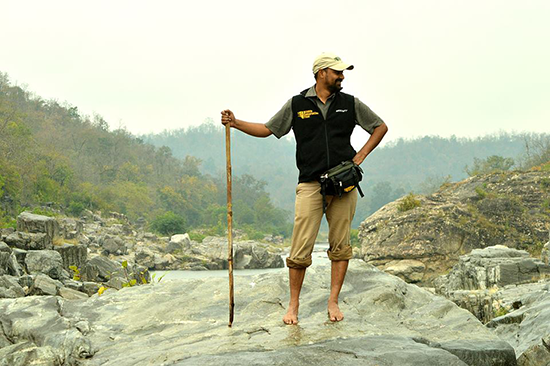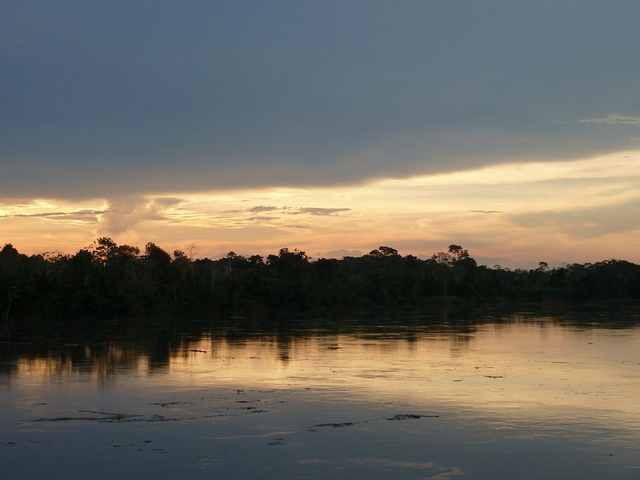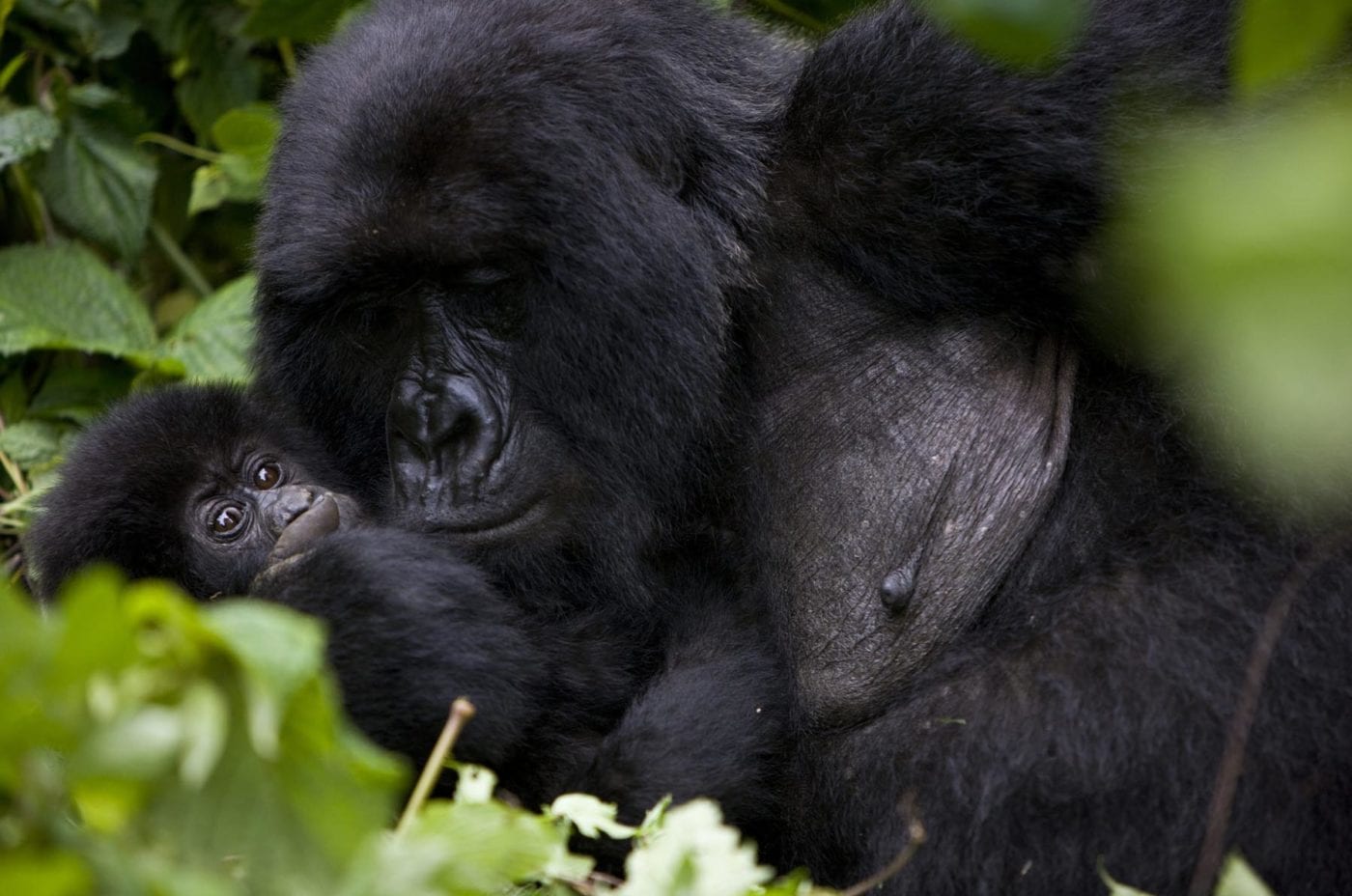News
A newly released CSF infographic takes a look at the backbones of economic development: energy and transportation infrastructure, and how such large-scale development projects can be balanced with ecosystem conservation to improve social, economic and environmental well-being.
Click image below to view the complete infographic:
Rushikesh Chavan at Pench River between Maharashtra and M.P. Photo courtesy of Ishwar Uikey
De cara al debate sobre las propuestas de interconexión entre las ciudades de Pucallpa (Perú) y Cruzeiro do Sul (Brasil), que atravesarían la Amazonía peruana, TNC y CSF realizaron en Lima el pasado 1ro de julio el Foro: “Retos para la interconexión sostenible de la región Ucayali”, en el marco del Consorcio Paisajes Indígenas de la Iniciativa para la Conservación en la Amazonía Andina de USAID.
Este video es realizado por CSF en el marco del Consorcio Paisajes Indígenas de la Iniciativa para la Conservación en la Amazonía Andina de USAID .
El video muestra las características y resultados del análisis hecho a las propuestas existentes para la interconexión vial entre las ciudades de Pucallpa (Perú) y Cruzeiro do Sul (Brasil) que atravesarían la Amazonía de ambos países.
On 21st June, CSF-Brazil participated of a workshop about “Dams in Tapajós River”, held in PUC University (Brazil). It was an opportunity to debate with students, professors and other NGOs the subject of huge infrastructures in Amazon and its implications on social and environmental issues.
The Heinrich Böll Stiftung made a report about this event and also an interview with Camila Jericó-Daminello, who is conducting the CSF’s study about the São Luiz do Tapajós dam, planned for the same river.
This was repost with permission from Heinrich Böll Foundation – Rio de Janeiro, Brazil.
Access here
Tapajós river basin, Pará State, Brazil © Camila Jericó-Daminello
After an inventory of potential dams in the Tapajós river basin was released in 2008, the area has been hailed as the new frontier of energy development in Brazil. Due to the typically extensive environmental and social impacts of dam construction, governments and communities in the Amazon region have been engaged in discussions over the past few years on how to mitigate impacts on people and nature. Some dam projects are already underway with many more on the drawing board.
Photo credit: Fernanda Preto
There’s no Wikipedia page so you can be forgiven for suspecting that I’m making it up. But Conservation Economics is actually being practiced by a bunch of serious people engaged in one of the most profound challenges of our time - averting massive losses in the diversity of Earth's life forms. So if it doesn’t exist, it’s time we brought it into being. Here goes:
Mountain Gorillas in Virunga National Park, Photo ©2023 Virunga National Park
I remember noticing on a trip to Brazil in 2001 that compact-flourescent lightbulbs were colonizing the country's light sockets with startling speed. It hadn't been raining and the drought was idling hydroelectric dams that accounted for more than 90% of electricity. The resulting blackouts, referred to as "apagões," changed people's behavior. Consumers slashed their energy consumption and solved the crisis. The rains eventually came and the outages faded into memory.





